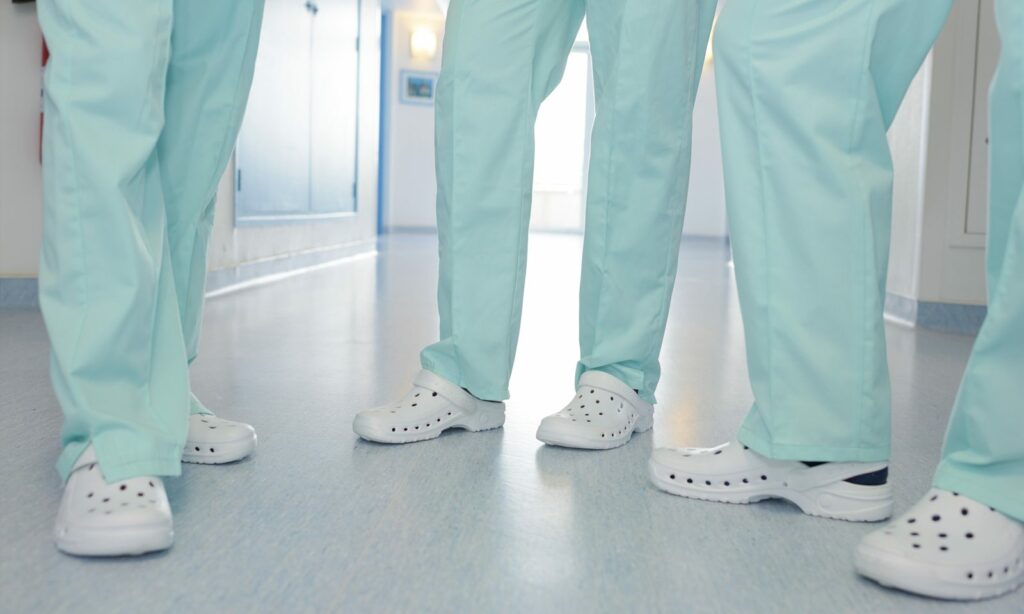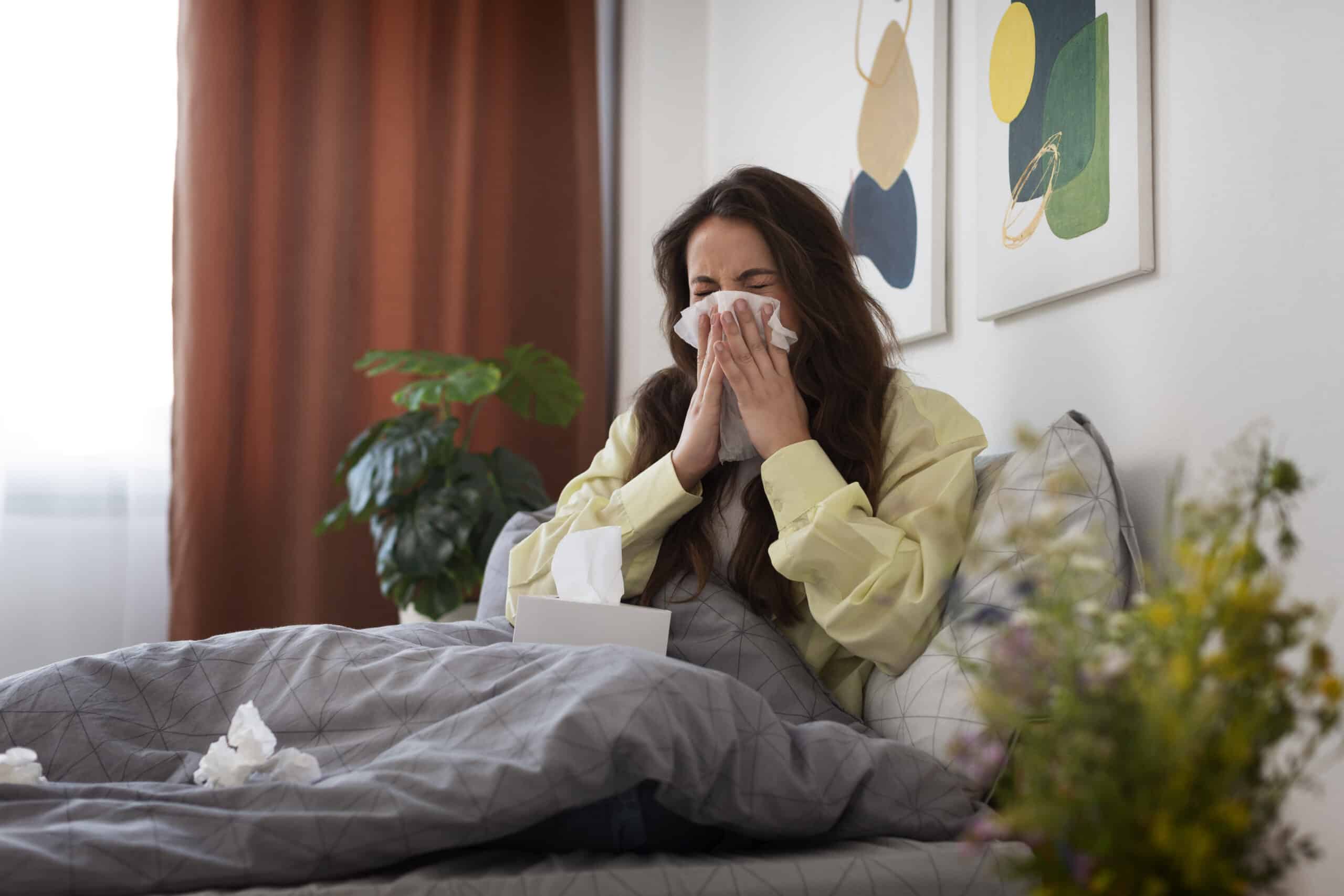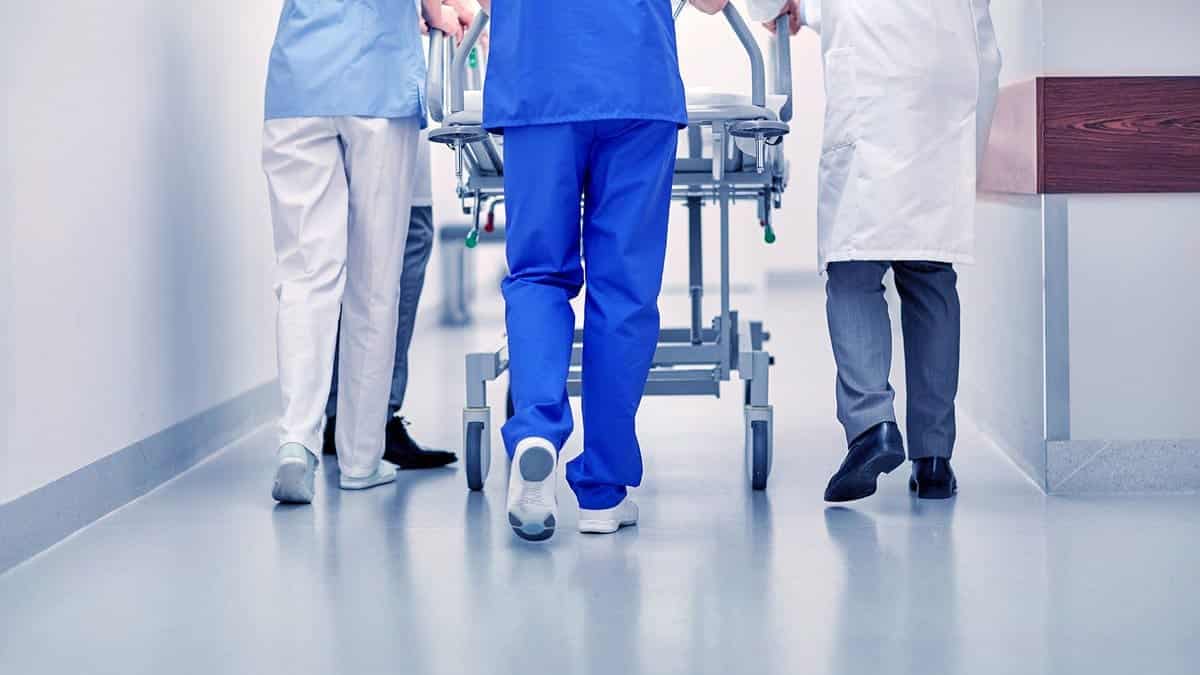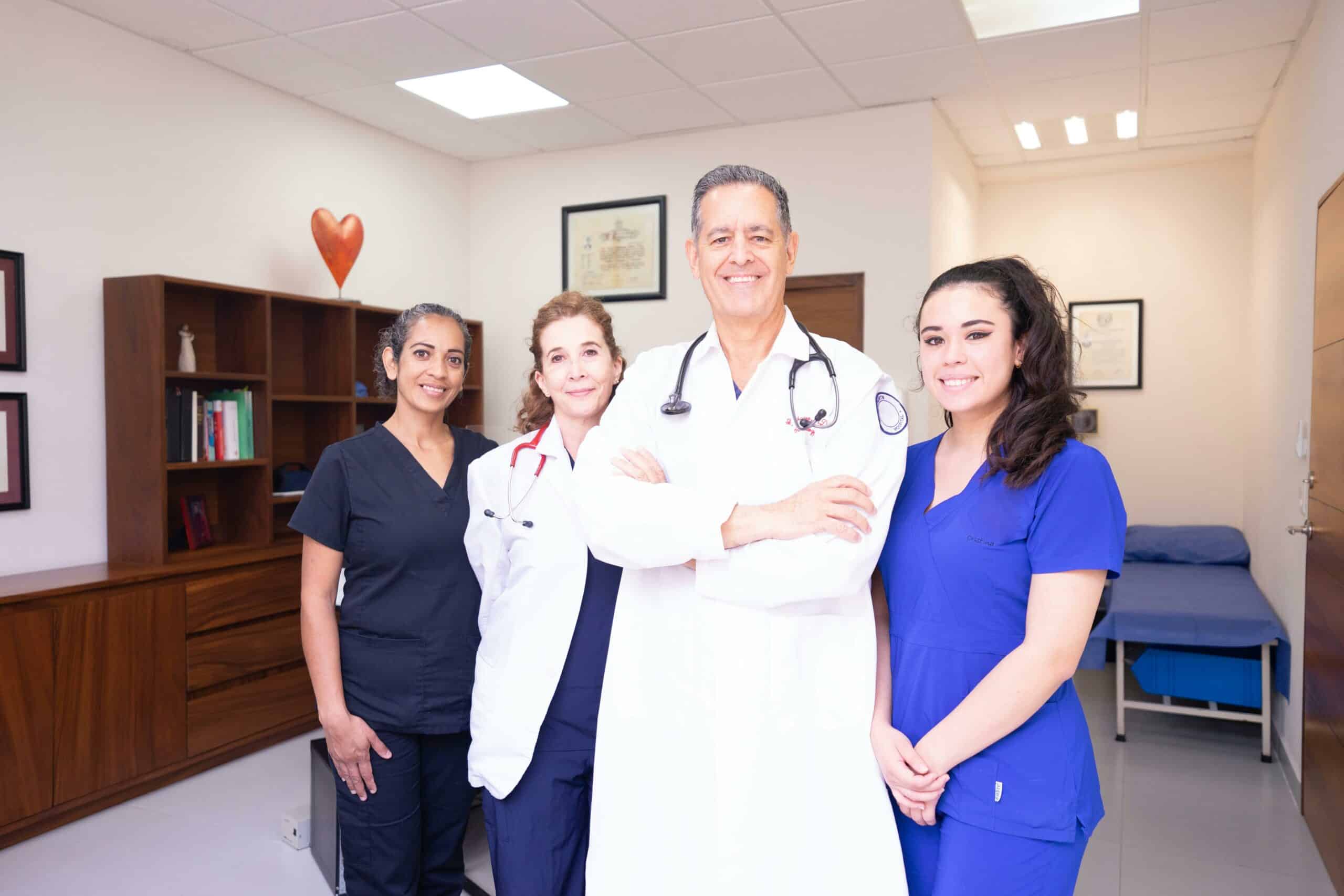Long hours on your feet come with the territory when you’re a medical professional, but foot, leg, and lower back pain from wearing the wrong shoes shouldn’t. In order to do your job well and have something to look forward to at the end of the day that doesn’t involve soaking sore muscles, invest in the best shoes for your unique feet.
At TREK Healthcare Staffing, we’re looking out for you, and want nothing to stand in the way of your success as a traveling medical professional, not even footwear. Here are some guidelines to take the best possible care of your feet.
Why Finding the Best Shoes Matters
Well-fitting and supportive shoes can make all the difference in how you feel at the end of the day. When you’ve got the right pair, you will experience less foot, leg, hip, and back pain, coupled with improved posture and circulation.
The operative word for workday footwear is “supportive.” Your foot must be able to move in natural ways while being securely held and supported in place. Among the overwhelming number of options out there, how do you know which are the best shoes for you? Let’s look at each of the qualifying components.
Evaluating Shoes for their Fit
Look, we like a cute pair of shoes as much as anyone, but a great look without functionality is just a bad idea. Before you start touting your brand or style loyalty, evaluate the shoes you are considering with an open mind.
The Sole
Look for a firm sole on the shoe, one that only bends at the toes. You can test the shoe by grasping its heel while pressing the toe section on the floor. As you add pressure, it should bend only at the toe, with the middle and rear section of the sole remaining firm. If the shoe curls up or folds in half, the sole is too soft, and it won’t support you properly.

The Width
Put the shoe on and stand up in it. Do your toes have room to wiggle? Is any part of the side or tip of the shoe pressing against or touching your toes? If yes, it’s not wide enough. If not, the forefoot width is sufficient.
Now assess the width of the middle and rear of the shoe. Are your feet snugly held or are you able to adjust straps or laces so that they are? Take a few steps in the shoe, paying close attention to rubbing or sliding. Notice your heel’s movement too. Does your foot slip out?
The Length
A finger’s width of space between your longest toe and the end of the shoe is sufficient for you to move freely without irritating your foot. If your toes touch the end of the shoe, swap for a half-size longer.
The Height
Heels may make your calves look great but save the glam look for a night out on the town, not a 10-12 hour work shift! What you might consider “low heels” at two inches can still put undue pressure on the ball of your foot, leading to strains and aches. A ½ inch to 1 inch height difference between the toe and heel of the shoe will relieve pressure on the center of your foot. Note that tennis shoes and specialized nursing shoes can fool the eye because of the heel’s shape. Look inside the shoe to see the height differential your foot will actually experience from toe to heel.
Arch Support
What shape is the arch of your foot? To find the right arch support, you’ll need to know. A flat foot needs substantial support to keep you comfortable and pain free. That same arch support will be your nemesis if you have high arches. They will continue to push your foot outward, leaving you balancing your weight on the outer edge of your foot.
If you aren’t sure of your arch, use this helpful footprint image by Ogden Clinic and compare it to your own footprint. Which one most closely matches? This is a good indicator of your arch type.
Savvy Shopping Insights
For additional guidance in choosing the best shoes for your feet, consider these tips.
- Your feet will swell after you’ve been standing or sitting stationary all day. They also will swell when it’s hot. For the best fit to your foot’s true size, start your day with a shopping outing, and make sure the shoe store is one of your first stops.
- If you have specific foot issues, visit a shoe boutique with trained personnel who can help you find the best fit for maximum comfort and support. Bunions, arthritis, and hammer toes all need consideration, and some styles will work considerably better for them than others.
- Did you stumble upon this article just after you’ve bought new work shoes and now you can’t return them? Don’t despair. Plenty of companies have developed cushioning and supportive insoles that you can customize to your foot size. Take advantage of these as you wear the shoes you already have and keep this guide in mind for your next pair.
Take Care Out There
We need all the compassionate and professional medical practitioners we can get, so you do what you can to take care of yourself. That includes wearing comfortable and supportive shoes that will keep you feeling great and performing your best work all day long.
If you’re looking for incredible new opportunities in medicine and a team that’s eager to support and assist in the achievement of your career goals, the folks at TREK Healthcare Staffing would love to talk with you. Give us a call to learn more.







